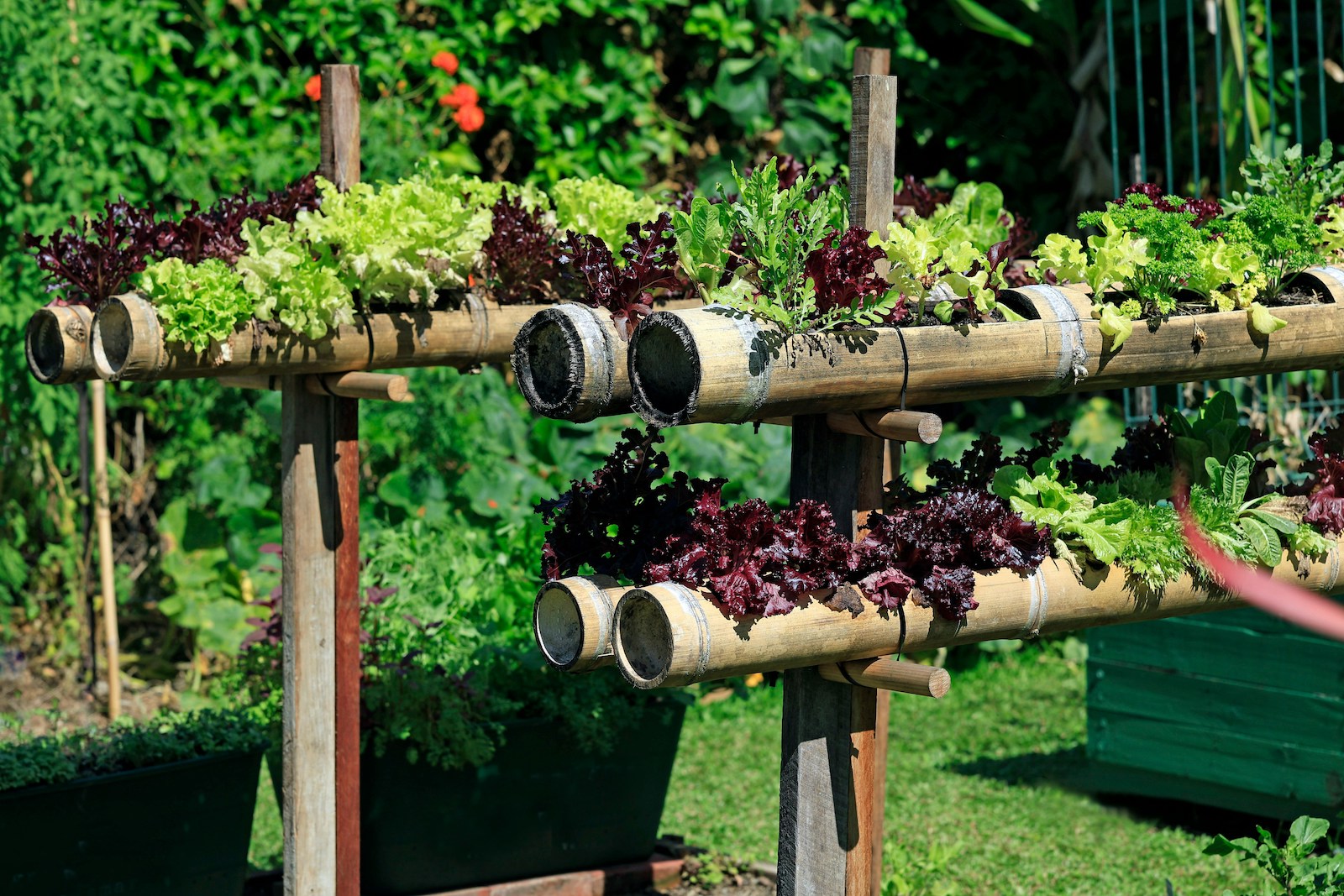Photo by Steve Adams
An estimated 20 to 30 percent of the global urban population participates in some form of urban gardening and agriculture. These gardens can take many shapes, from rooftop havens growing herbs and vegetables to charming front-yard displays. Community gardens bring neighbors together to grow food, while guerrilla gardeners transform neglected spaces with seeds. From mitigating climate change to fostering a sense of community, these green havens are revitalizing cities in a number of ways.
A Grassroots Green Revolution
Guerrilla gardening started as a subtle act of defiance. The term, coined by New York City artist Liz Christy in the 1970s, describes a movement to reclaim neglected urban spaces and transform them into flourishing gardens. Guerrilla gardeners embraced creative tactics, from tossing seed bombs—seed balls packed with soil and compost—into vacant lots, to establishing extensive networks of community gardens, pioneered by Hattie Carthan and the Green Guerrillas.
In the last 30 years, urban farming has grown by more than 30 percent in the U.S. and it’s drawing attention from local municipalities to the federal government. The USDA launched the Office of Urban Agriculture and Innovation Production to formally support urban growers in 2019. The EPA’s Brownfields Program helps communities assess potential contaminants in the land, determining its safety for farming. At the state level, New York’s Agriculture Department awarded $1 million to urban farms and gardens.
The Heartbeat of the City: The Environmental and Social Impact of Urban Gardening.
Urban gardens have a number of ecological benefits. Cities can become heat islands, but strategically placing gardens can help cool them down. Studies have shown that urban gardens can lower local temperatures by several degrees, making a big difference in comfort and public health during severe heat waves. Gardens can also contribute to reducing air and noise pollution, mitigate flooding, and support biodiversity by providing habitats for a range of wildlife.

Photo by Brian Wangenheim
But urban gardens provide refuge in more ways than one. In areas lacking access to fresh food, known as food deserts, urban farms bridge the gap in food security. Fountain Heights Farms in Birmingham, Alabama, for example, created a sliding-scale CSA (community-supported agriculture) program during the pandemic, ensuring residents had fresh produce regardless of their income. Not only did this farm provide a necessary service, but it brought the community together. Maria Dominque Villanueva, one of the founders, shared, “I don’t ever remember being this connected to my community with the kind of depth that we have because of this space.”
Gardens like Fountain Heights foster social connection in powerful ways. Since 2006, the Twin Cities have seen a rise in gardens protesting police violence and memorializing victims. In George Floyd Square, for instance, protesters built a greenhouse, providing a peaceful space to grieve and offer solace while growing vegetables like tomatoes, kohlrabi, kale, and fennel. One resident described it as a space where “all your worries just get washed away, and it transforms into something so beautiful.” Even a single person can create a refuge—a gardener in Atlanta is known for secretly planting flowers in honor of her mother, a small act that brings beauty.
Overcoming Challenges and Building Sustainable Urban Gardens
While urban gardening offers a number of benefits, a recent study found that some urban gardens can have higher carbon footprints than conventional agriculture. This is mainly due to the initial investment in infrastructure and the shorter lifespans of many gardens. To reduce the carbon footprint and reap the full benefits of urban gardening, the researchers offered some best practices:
- Repurpose and recycle: Upcycle used building materials for raised beds, planters, and trellises. Compost food scraps and yard waste to create a natural fertilizer. Capture rainwater to reduce reliance on tap water. Taking these steps could reduce emissions by 50% or more.
- Consider what you grow: Focus on crops with a high carbon footprint when conventionally farmed, like tomatoes and asparagus, which typically use energy-intensive methods for growing and transport. Growing these crops locally can reduce their footprint significantly.
- Think long-term: The longer your urban garden thrives, the lower its carbon footprint becomes per harvest. Or look into existing gardens in your neighborhood.
Beyond minimizing the carbon footprint, consider the biodiversity of the garden. Avoid invasive species and opt for native plants. They provide essential food sources and shelter for birds, pollinators, and insects, attracting natural pest control and promoting a thriving ecosystem with minimal maintenance. Ecologist Douglas Tallamy estimates that replacing half of America’s lawns could create a vast network of ecological sanctuaries, roughly the size of ten Yellowstones!

Photo by David Clode
Urban gardening is more than just individual plots or community gardens; it represents a shift in how we imagine and interact with our cities. By cultivating green spaces and promoting biodiversity, urban gardening addresses pressing environmental challenges while fostering well-being, social connections, and community resilience.
If you’re ready to dive into urban gardening, start by finding a nearby community garden or sharing your own with a neighbor. If you need a hand, reach out to local enthusiasts or experts for support.
